What Can We Learn From the Hypnosis of Imaginary Abductees Pt.2
By MUFON on 01/30/2012@http://www.twitter.com/mufonprThe following article details an interesting experiment in which several test subjects were given artificial alien abductions via hypnosis, experiences which were then compared with “real” abductions and religious experiences. This piece, part 2 of 2, originally appeared in the December 1977 edition of the MUFON UFO Journal. You can read part 1 here. Many of the images, obviously, were not included in the original printing.
6. VERBAL PHENOMENA ASSOCIATED WITH HYPNOTIC REGRESSION
Verbal phenomena which have emerged in regressions of both “real” and imaginary abductees may or may not have a common origin, though recent research into brain hemisphere specialization for verbal and non-verbal functioning is suggestive. One witness stuttered markedly whenever he tried to repeat what an alien entity allegedly said to him, though he did not normally stutter and though he narrated the remainder of his encounter with no trace of stuttering. Another witness used three or four different “voices” for as many aliens, whose cryptic communications seemed to erupt from him involuntarily. Also, “verbal blocks” were demonstrated by both “real” and imaginary regressees, during which they were unable to articulate anything for periods ranging from seconds to several minutes in response to particular questions about their UFO experience. (This seemed unusual to the hypnotist present, though it may well be more common in clinical hypnosis experience than we are aware.) Finally, and this has been noted widely by experienced investigators, the so-called “messages” which abductees allege have been given to them by their alien captors have in common at least this: a tediously narrow range of subject matter and an unrelieved banality of content.
As was indicated above, studies have shown that the brain’s left hemisphere is specialized for language and analytical functions, while the right hemisphere governs separate and even opposite functions such as intuition, the emotions, and spatial concepts. Recent work at Stanford Research Institute and by others has supported the long held hypothesis of distinct hemispherical specialization, and has also led to a tentative suggestion that if paranormal functioning does involve the brain at all that the neurological centers of any paranormal activities are located in the brains’s right hemisphere. If this idea is valid, it may have great significance for UFO researchers who are studying the paranormal component of UFO reports: since a paranormal experience (right hemisphere) may be separated from both verbalization and analytical activities (left hemisphere), it is no wonder that witnesses to paranormal experiences find themselves under real difficulty both in articulating their experiences and analyzing them with any precision.
ADVERTISEMENT
This difficulty with articulation and analysis became obvious during the SRI “remote viewing” or clairvoyance experiments where a S would often draw a target accurately but identify it inaccurately: a tennis court’s squared screen fence was sketched correctly but was mistakenly labeled “windows”; and a playground merry-go-round was drawn well but described as the cupola of a building.
If there is a paranormal component to UFO encounters, then, one indication of its presence might be the unsatisfactory nature of verbal phenomena such as we have been discussing. Under this view, if the witness has contact with “something” which involves to some degree a paranormal event such as telepathy, the witness may have a tough time analyzing and articulating the telepathic communication in verbal terms-and thus we have the verbal “blocks”, the “alien voices”, the banal “messages”, and other verbal phenomena, all of which may be evidence of the mind’s largely futile attempt to express the ineffable. The verbal responses may thus not relate at all to the truth or falsity of the content of the witness’s narrative. Note that other nonanalytical (right hemisphere) details of shape, color, etc., are normally part of any good CE-III report; such functions can be considered of potentially high reliability.
Knowing that the verbal component of abductions may be the weakest link in the credibility chain, investigators who can employ hypnosis should utilize non-verbal techniques such as sketching, finger-motion, yes-and-no responses, pendulum, and other “silent witness” methods of dealing with UFO reports. It is painfully obvious that the verbal matter in most abduction cases is unsatisfactory, but if it is ever to be more than what most observers have long considered an embarrassing absurdity, it will have to be analyzed more carefully by knowledgeable researchers.
7. COMPARISON OF DRAWINGS BY “REAL” AND IMAGINARY ABDUCTEES
As we saw in part HI of this study, investigators found what seemed to be a telepathic component in the verbal responses of imaginary S’s. A pair of drawings by two subjects, however, suggest that there may have been telepathic communication of data visually as well. The drawings (see Figures 7A and 7B) are both top views of a UFO interior. The imaginary S’s sketch is remarkably similar to one by a “real” witness whose case had been investigated two months previously by the same three individuals who were conducting the imaginary session, and who were, thoroughly familiar with the”real” witness’s drawings. Some significant similarities between the two:
1. GENERAL OCTAGONALSHAPE OF EACH ROOM
2. THE WORD “ME”, ASSOCIATED WITH A CIRCLE, APPEARS IN EACH
3. THE WORD “LIGHT” IN ONE AND “LIGHTS” IN THE OTHER
4. “INSTRUMENTS” USED ON THE S’s ARE ON THE LEFT SIDE IN EACH
5. A CONTROL BOARD OR OPERATING AREA IS AT THE TOP OF EACH
Along with the similarities there are obvious differences in the drawings, but these are interesting and may be explainable. The “remote viewing” experiments at SRI again may have something to teach us. For instance, there are three tables in sketch 7A, two in 7B; but there are three circles in the center of the “real” drawing (representing “aliens”). It is possible that the three geometric shapes were “picked up” telepathically by the S’s right hemisphere and then analyzed incorrectly as rectangular tables by the left hemisphere. A similar concision is suggested by the “ladder” in drawing 7A which is located in the same area where 7B shows an entity (“weird guy”). (Even the fact that the imaginary S failed to include any alien entities in her drawing may have significance. The SRI sketches and accompanying tape narratives only rarely included figures of humans at remote target locations, and moving objects also were almost never noted. An alien entity in motion thus might be expected to have a poor chance of being “seen” in a “remote viewing” situation.)
If, however, the imaginary S has somehow reproduced the “real” drawing through paranormal means, the primary mode must have been telepathic rather than through “remote viewing” in the SRI pattern. There was no copy of the “real” drawing in the room; the memories of the hypnotist and two investigators were the only immediate conceivable source. It was a different situation, obviously, when the imaginary Ss were, as was theorized, “lifting” information from the interrogation form during their regressions, they may well have “remote viewed” individual words and concepts rather than derived them from the investigators’ minds. (All three researchers, remember, were studying the interrogation forms and its suggestions during the imaginary sessions.) Thus there may have been two paranormal modes in effect during the hypnosis regressions of imaginary UFO abductees: telepathy and clairvoyance or “remote viewing”.
These matters are speculative, but together with the data on possible ESP effects from part III above, they provide sufficient reason to believe that during hypnosis Ss may somehow, “lift” significant amounts of data from investigators present, and that the reliability of information gained through use of hypnosis in allegedly real cases must not be taken for granted.
This study has provided evidence showing that imaginary Ss’ under hypnosis report UFO experiences which seem identical to those of “real” witnesses. However, my assumption- and it is a major one- is that abductions are “real” in some sense to witnesses, arid so the central question to serious study of abduction reports is this: what is the nature of the “stimulus” which triggers in witnesses the sequence of events which they describe as an abduction experience? We cannot answer this question and it may be simplistic to adopt either a “nuts-and-bolts” or “psychic” hypothesis.
Because the research indicates that the imaginations of individual witnesses may be the source of much if not all the data we have about alleged abductions, I feel that these experiments represent a significant challenge to the “nuts-and-bolts” interpretation of the UFO mystery. It has long been supposed that any non-physical hypothesis would fall short of explaining physical “evidence” such as disturbed vegetation and soil, and photographs. Yet there are recent experiments at SRI which provide laboratory evidence that both physical and physiological effects can be caused through non-physical or paranormal means. While this evidence offers a possible solution to the current physical/psychic UFO dilemma, most ufologists seem unaware of its existence, let alone its significance. Some physical effects emerged in one experiment with the psychic Ingo Swann which involved five separate perturbations of a magnetometer whichwas designed to be perfectly shielded from any normal external electromagnetic radiation. Swann “placed his attention” (apparently via “remote viewing”) on the internal workings of the instrument and as he did so obvious variations were noted in the magnetometer’s output recordings, proving that physical changes were caused through seemingly paranormal mental phenomena. Again at SRI, another experiment showed physiological modifications in EEC readings of a “receiver” S when a telepathic “sender” S in another room was stimulated with a flashing light. Further, the “receiver” S was not conscious of the incoming paranormalstimulus; rather, the entire physiological response was effected below the cognitive level of awareness. This is clearly analogous to UFO witnesses like Barney Hill who manifest physiological effects in the absence of a conscious memory of a causative event.
Thus one of the most challenging aspects of the UFO enigma, the seeming psychic/physical dualism of the phenomenon and its effects, may have a viable – i.e., currently demonstrable – theoretical “explanation”. UFO’s have always invited exotic speculations – Jung’s UFO collective conscious link has lately been given new emphasis – but the hypotheses, like the questions, have away of getting curiouser, too! UFO’s will be understood only when human ingenuity is equal to the task. An obviously increasing professionalism in UFO investigators worldwide is giving us better data and will help significantly. But the findings of the present study support the view that the real hope lies in current research on consciousness and the brain, and in the new seriousness evident in research into the paranormal. Whether or not these lines of study will lead soon to a “nuts-and-bolts”, “psychis”, or any conclusion we cannot know. Against the immense UFO mystery, the only certainty is our stark ignorance.
Written by Alvin H. Lawson. Originally appeared in issue 121 of the MUFON UFO Journal, December 1977.
MORE GREAT STORIES FROM WEEK IN WEIRD:

You may also like...
-
Advertisement
Subscribe for the latest Weird News Delivered Daily!
Join the world’s only mobile paranormal museum!
World’s Weirdest News in your Social Feed!
Latest Stories
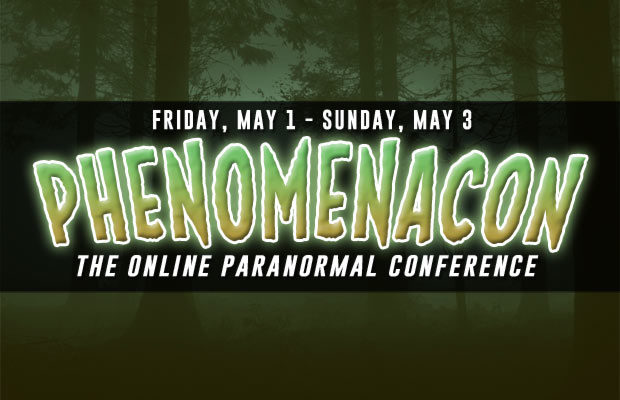
Phenomenacon: Attend the World’s First Online Paranormal Conference, Featuring Your Favorite Paranormal TV Stars
Martin Nelson | 04/22/2020With the onset of a global pandemic causing the shutdown of fan conventions all over the world, it was only a matter of time before the cancellations hit the...
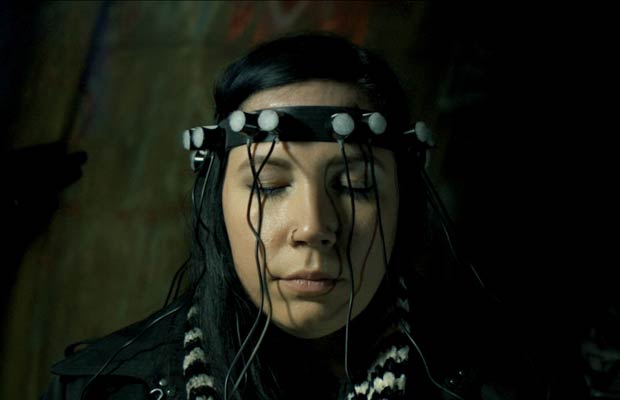
Groundbreaking Paranormal Documentary Series “Hellier” Returns with Ten Haunting Episodes of Appalachian Mystery
Martin Nelson | 11/28/2019There’s something strange moving through Kentucky like a virus, twisting through the Mammoth Cave system and hovering in the skies above the Appalachian Mountains. While might catch glimpses of...

Travel Channel’s “Haunted Salem: Live” Features the “Paranormal Dream-Team” in Live, Four-Hour Ghost Hunt
Martin Nelson | 09/27/2019Travel Channel is kicking off Halloween season on October 4th with a very special live event that brings together more of the network’s top paranormal stars than you can...
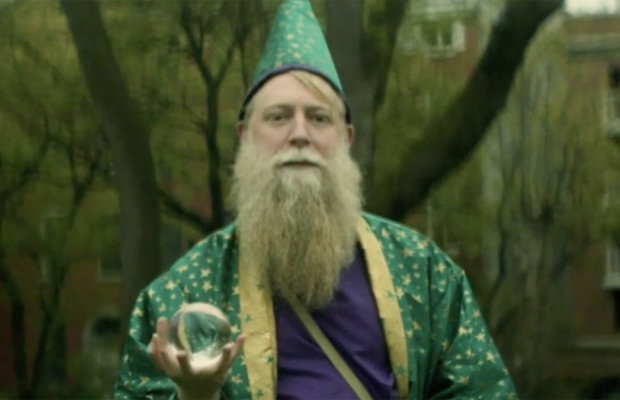
Meet Devin Person, a Real-Life Wizard Who Grants Wishes on the New York City Subway
Greg Newkirk | 06/11/2019For most of us, ignoring the strange people on the subway is second nature, but if you ever find yourself in the tunnels below New York City and you...
Stories from Around the Internet
#PLANETWEIRD ON INSTAGRAM
About Week in Weird
Week In Weird is one of the web's most-visited destinations for all things weird, bringing you the latest fringe news, original articles featuring real investigations into unexplained phenomena, eyewitness reports of encounters with the anomalous, and interviews with notable figures in the fields of extra normal study.
Week In Weird is part of the Planet Weird family, brought to you by the paranormal adventures of Greg Newkirk and Dana Matthews, professional weirdos investigating the unexplained by engaging the strange.
- MORE ABOUT WEEK IN WEIRD
- REPORT A SIGHTING / CONTACT
- ADVERTISE WITH USFOLLOW PLANET WEIRD ON TWITTER
GREG & DANA: INVESTIGATING THE UNEXPLAINED
Content copyright © 2016 Planet Weird unless otherwise noted.

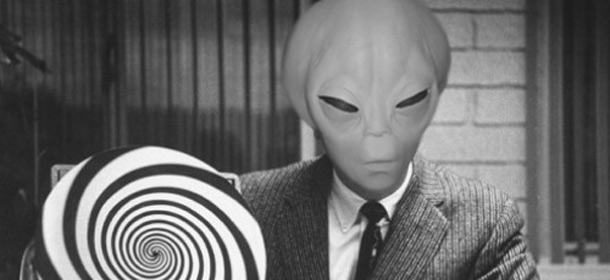
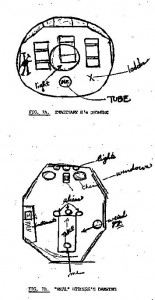
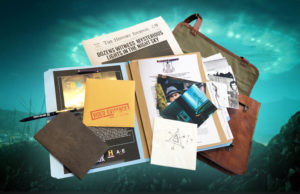
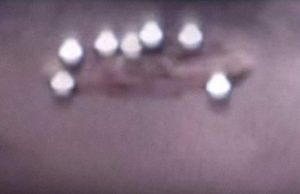
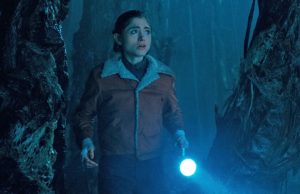
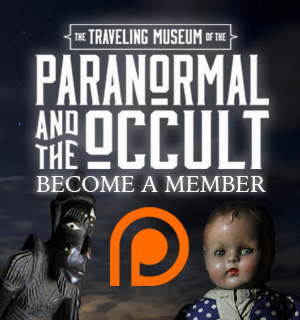

You must be logged in to post a comment Login